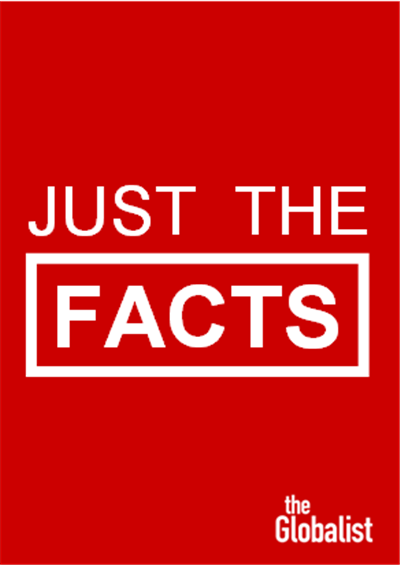A Growing Water Crisis in South Africa
A rapidly approaching emergency in Cape Town threatens to spill over.
February 26, 2018

1. Supplying water for a growing population and large economy is key to sustaining South Africa.
2. South Africa’s 57 million people give it the fourth-largest population in sub-Saharan Africa – and the 24th largest population worldwide.
3. South Africa also has the second-largest economy in all of sub-Saharan Africa – at $761.9 billion (in purchasing-power-adjusted terms).
A Growing Water Crisis in South Africa
South Africa’s Economic Troubles Continue
4. Cape Town is the country’s second-largest city. Its 4 million strong metro area population is expected to run out of water completely by mid-April 2018.
5. The city government began emergency water rationing in February 2018, limiting use to 50 liters per person per day. (For comparison: The average U.S. water use per person is about 300-380 liters per day).
6. Sugarcane and maize production in South Africa’s agricultural regions has also been threatened by water shortages.
7. The water crisis in South Africa resulted from a combination over several years of severe drought, global warming, El Niño effects, urban planning problems and more.
8. The country of Lesotho – surrounded on all sides by South Africa – also exports water to South Africa, but it experienced an El Niño drought in 2016 and ended up having to import food from South Africa.
9. Lesotho’s dwindling water supplies Johannesburg, Pretoria, and South Africa’s heavy industry.
10. The water shortage challenge in southern Africa is not limited to those two countries either. Botswana signed a deal in 2017 to build a water pipeline from Lesotho across South Africa.
Sources: CNN, USGS, The Independent (UK), African Farming, Reuters, The Globalist Research Center